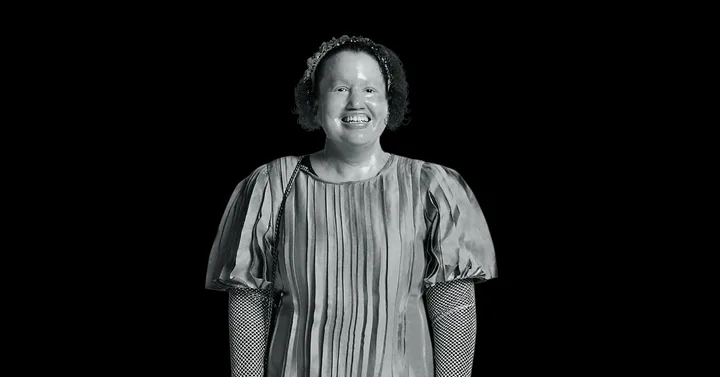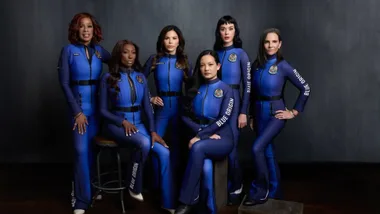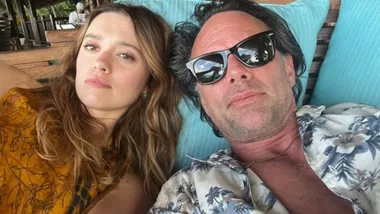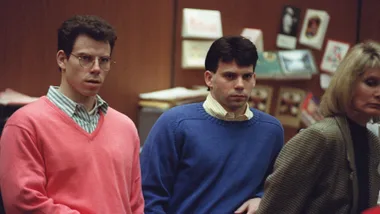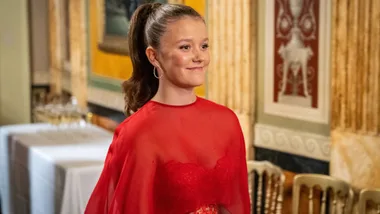Disability is almost always the forgotten aspect of diversity. Very rarely is disability considered or mentioned in conversations about women or broader diversity. Yet disabled women are disproportionately economically disadvantaged and disempowered compared with non-disabled people.
El Gibbs, director of policy and advocacy at Disability Advocacy Network Australia (DANA), says, “Disabled women are often shut out of employment at higher rates than disabled men, and we don’t own our own homes or have the same rates of education as non-disabled people, leading to a lifetime of poverty and disadvantage.”
About 20,000 disabled people work in Australian Disability Enterprises (ADEs). It is still legal to pay disabled people working in ADEs below minimum wage, as well as short-changing ADE employees on their superannuation. Workers in ADEs often do menial tasks such as packing boxes, assembly and even picking worms out of pig manure, as reported by the ABC in 2017.
The Disability Royal Commission found people working in ADEs are paid as low as $2.27 an hour (the national minimum wage is $23.23 per hour). Commissioners recommend that workers be paid “at least 50 per cent of the minimum wage, moving to the full minimum wage by 2034”.

Christina Ryan, founder of the Disability Leadership Institute, says there is little research into data or policy about disabled women in the Australian workforce.
“When we start putting that pay gap for disabled people together with the pay gap for women, and then for the pay gap for disabled women, we actually don’t really have any data to tell us what the hell is going on,” she says. Ryan wants there to be less focus on getting a job and more on ensuring a career for disabled women.
As for me, I have been in the workforce for 25 years. I worked in retail as a teen and young adult, which gave me a great start in learning how to professionally answer questions about my disability.
I then moved to the Australian Public Service where I worked for about 15 years. I have experienced challenges in employment—mostly covert discrimination that prevented me from progressing.
Right now I work a combination of part-time salaried work in an arts organisation and part-time freelance writing and speaking. My work is primarily in disability arts, so I can be myself.
I don’t leave my disability identity at the door. I love the work and the hours and work-from-home options allow me to manage my disability – including resting and attending medical appointments.
I still wish there was more government support for disabled people in the workforce, like giving us a healthcare card, because the cost of being disabled is high.
